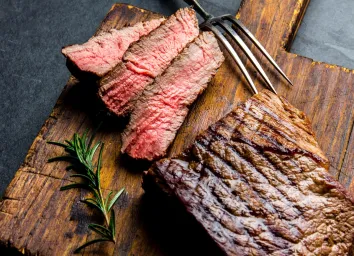5 Tips For Cooking With Wine
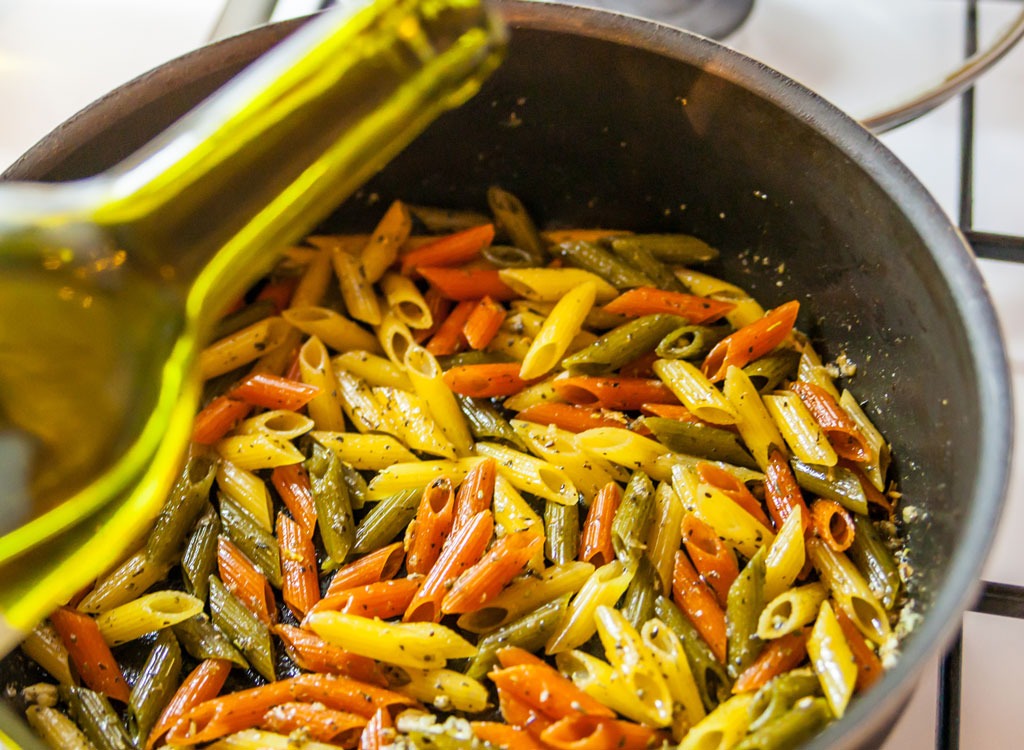
Whether you only drink on your birthday or enjoy a glass of red with dinner every night, imbibing the stuff isn’t the only way to get your dose of resveratrol. Cooking with wine not only lends your meal some complex flavors, it also imparts your dish with its weight loss-aiding antioxidants. Though only red wine contains resveratrol (an anti-aging and muscle-maintaining antioxidant), both burgundies and whites contain ample waist-whittling benefits. In fact, one Oregon State University study found that ellagic acid, a chemical in dark red grapes found in some red wines, helps decelerate the growth of fat cells and stops the growth of new ones—all while boosting your metabolism. And a German study by the University of Hohenheim revealed that sipping on white wine in moderation can aid weight loss, too.
If you’re still not convinced those are good enough reasons to start splashing some sauvignon into your dinner, consider this: unlike drinking one too many glasses of vino, cooking with the stuff won’t cause a pesky hangover. And that’s because heating wine actually reduces its alcohol content. In fact, after 15 minutes of cooking your vintage, the alcohol content drops by 40 percent. And after 4 to 5 hours, expect your dish to be virtually alcohol-free. So whether you’re a vino novice or a self-proclaimed wine connoisseur, you’ll want to study the tips below before you combine food and wine.
Choose Your Wine Carefully

Whether you should pour red or white into the pan depends on what you’re cooking! If you’re searing red meat or cooking up a red sauce for some spaghetti, use a young, full-bodied red wine. Opt for an earthier, full-bodied red when cooking up a beefy or root veggie-filled soups. If you’re concocting a cream sauce or cooking with seafood, poultry, veal, or pork then go for the dry white. The same holds true when you’re making a vegetable-based soup. And for dessert, always choose a sweet white wine or a sweet fortified wine to enhance the last course’s finger-licking factor. But whatever you do, don’t choose cooking wines from brands like Holland House! They’re typically tainted with additives tons of sodium, which could diminish the health-factor of your dish.
Don’t Cook With A Wine You Wouldn’t Drink
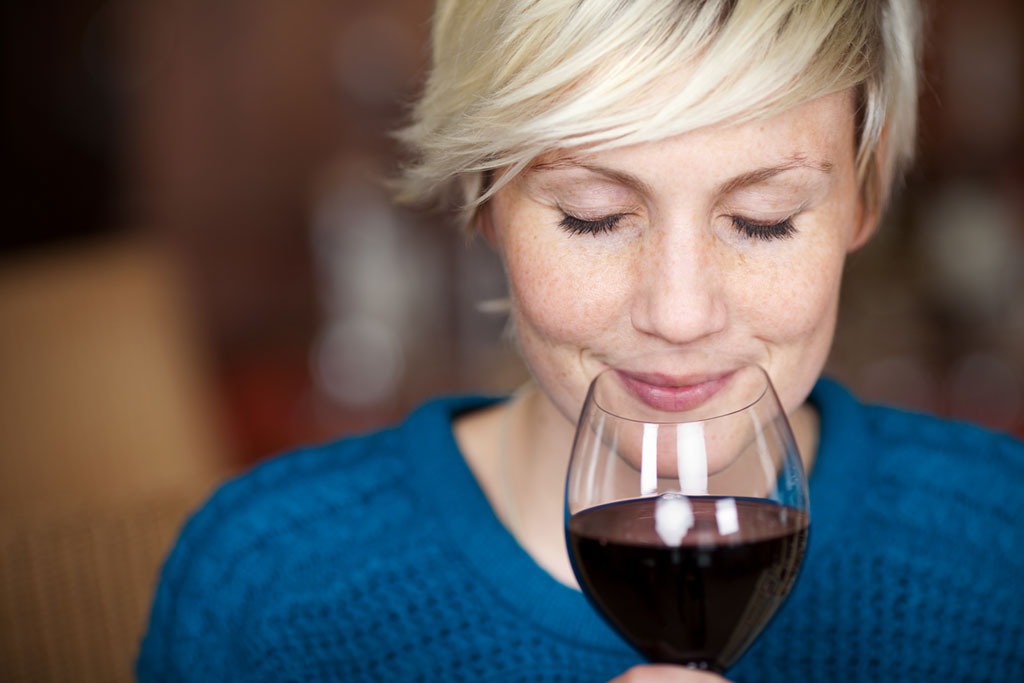
You know that wine, you’ve been considering regifting? Don’t cook with it. If you wouldn’t enjoy sipping it, you won’t enjoy how it makes your food taste, either. Despite what you may have heard, the flavors won’t improve after it’s cooked. In fact, cooking it can exacerbate any less-than-stellar flavors. Be mindful when picking your potion and always choose a wine that you know and love. This ensures you won’t want to toss your dish in the trash along with that pitiful pinot grigio.
Use it as a Marinade
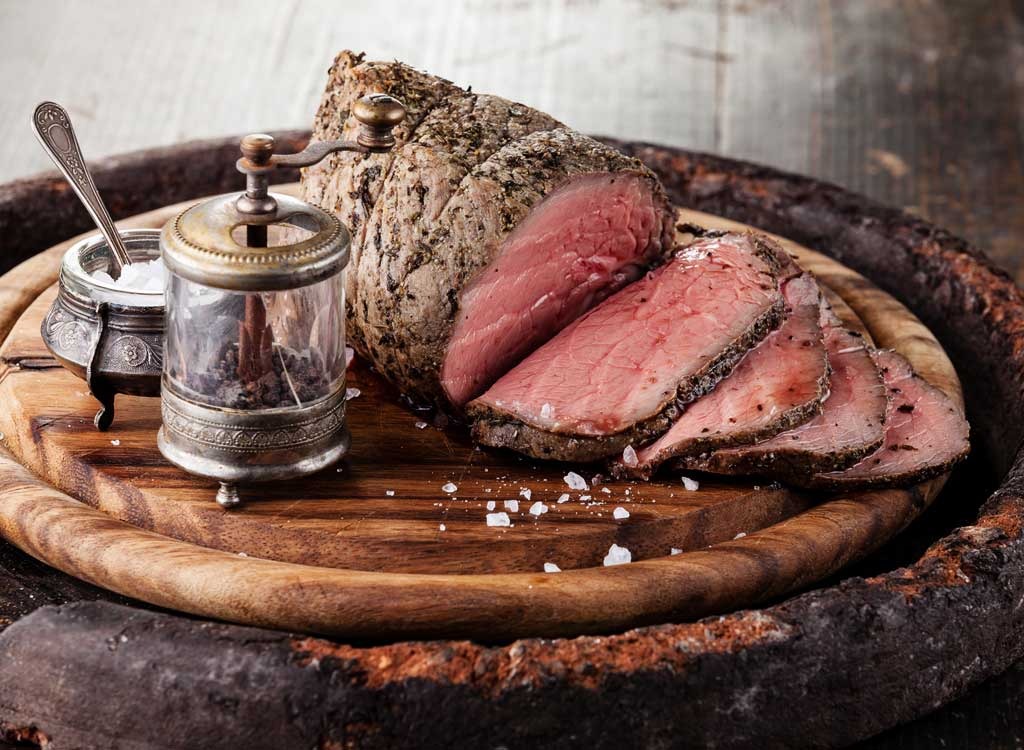
If you’re planning to make meat for dinner, consider marinating it in wine first. Wine contains tannins, which will help break down the protein‘s toughness. Plus, your vino’s acidity will help balance out the meat’s oil and fat while adding moisture —which can prevent a dry, lackluster dinner. If you’re planning to baste the meat or create a complementary sauce with some of the wine, don’t use the liquid that soaked the uncooked meat. It may harbor harmful bacteria! Instead, avoid foodborne illnesses by saving some fresh wine for basting or simmering your sauce.
Know When To Pour
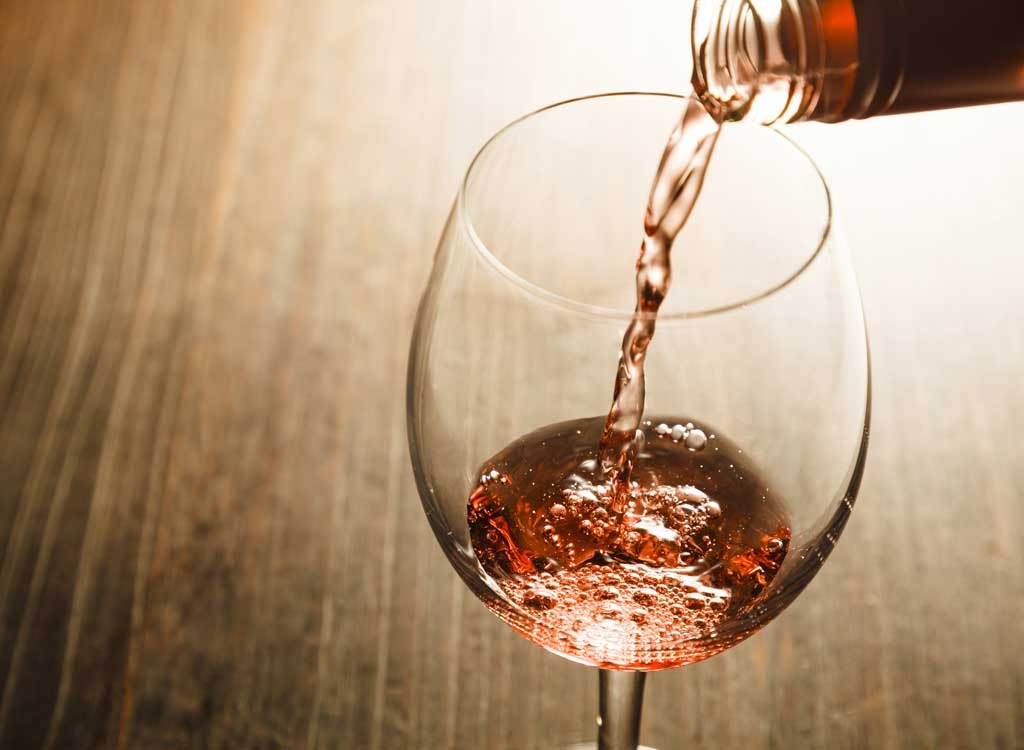
Depending on the color of wine you choose, the amount of time it should spend simmering on the stove varies. If you choose to cook a light dish with the white stuff, don’t leave it on the stove as long as you would with red. Red wines are usually cooked longer in order to enhance their deep ruby hue.
And for optimal results, don’t add the alcohol into your dish right before serving it. Doing so will make your chicken taste like a glass of vino. Instead, allow the wine to cook along with the food. This will help to intensify the array of flavors. If you feel like your dish needs an extra pour, wait 10 minutes before adding it, as your vintage needs time to grace its magic upon your dish.
—And How Much
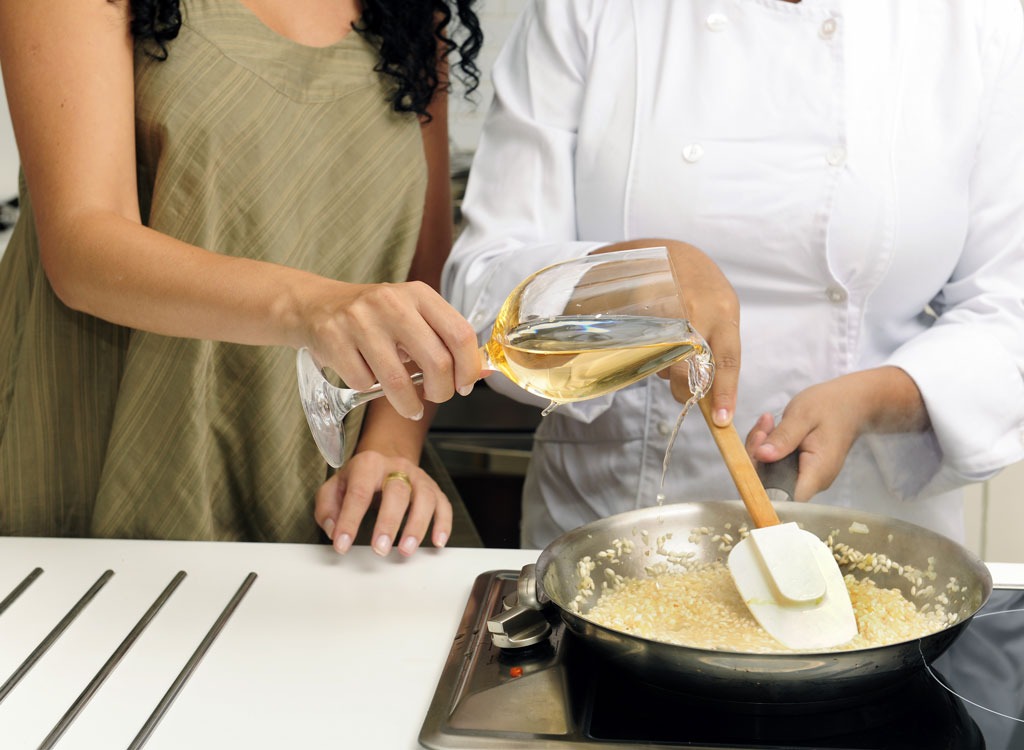
Just as it’s important to know when to pour the vino, it’s also vital to understand how much of the stuff you should splash. For soups, add two tablespoons of wine per cup of broth; for sauces, use one tablespoon per cup of sauce; for gravies, use two tablespoons per cup; and for meats and stews, use a quarter cup per pound. Easy enough!


